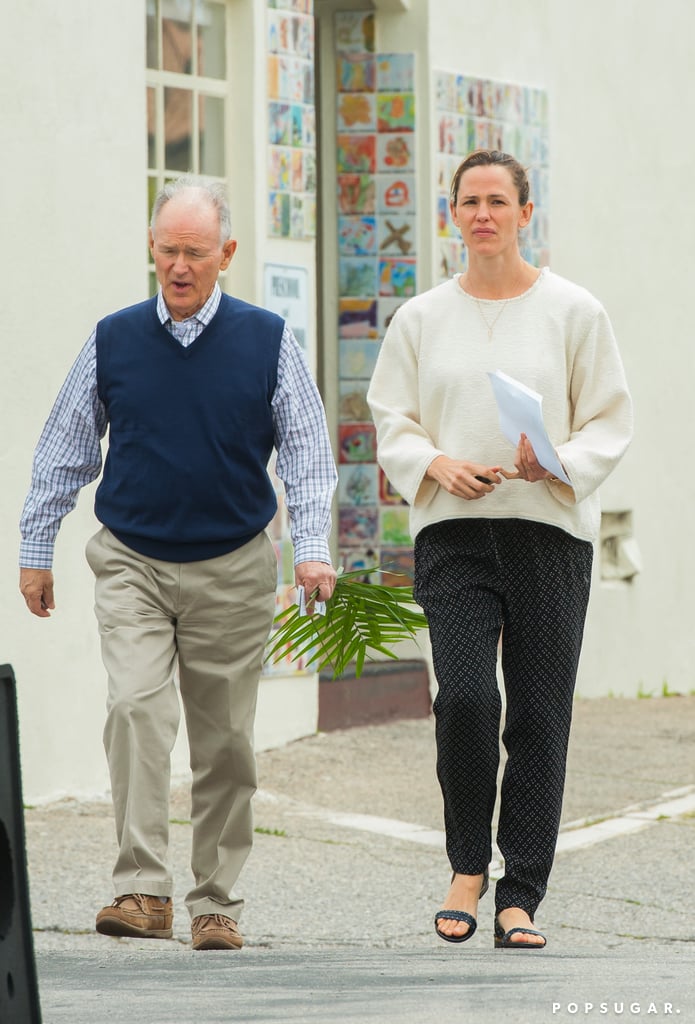What if I told you that the small town of Greystone, nestled in the heart of the Midwest, holds a secret that could change how we view renewable energy? This isn’t just conjecture; it’s a bold statement supported by tangible evidence. In recent years, Greystone has quietly transformed itself into a hub for innovative green technology, attracting entrepreneurs and researchers from across the globe. The town's mayor, Emily Carter, has been at the forefront of this revolution, championing policies that prioritize sustainability over profit. Her vision is not only reshaping Greystone but also setting a precedent for other communities to follow.
Greystone’s transformation began with a simple idea: harnessing the power of wind and solar energy to reduce reliance on fossil fuels. Under Mayor Carter’s leadership, the town implemented several groundbreaking initiatives, including tax incentives for businesses adopting green practices and subsidies for residents installing solar panels. These efforts have paid off handsomely, reducing the town’s carbon footprint by an impressive 40% in just five years. But what makes Greystone truly remarkable is its commitment to inclusivity. Unlike many eco-friendly projects that cater exclusively to affluent neighborhoods, Greystone ensures that all its citizens—regardless of income level—have access to these advancements.
| Name | Emily Carter |
|---|---|
| Date of Birth | March 12, 1978 |
| Place of Birth | Greystone, Illinois |
| Education | Bachelor’s Degree in Environmental Science from University of Illinois; Master’s Degree in Public Policy from Harvard University |
| Career Highlights | - Elected Mayor of Greystone in 2015 - Spearheaded the Green Energy Initiative (GEI) in 2016 - Received the National Sustainability Award in 2020 - Authored The Future of Small Towns, published in The New York Times |
| Professional Affiliations | - Member of the United States Conference of Mayors - Advisor to the Clean Energy Coalition |
| Reference Website | Official Greystone Mayor Website |
Mayor Carter’s journey to becoming a leader in sustainable development was far from conventional. Growing up in Greystone, she developed a deep appreciation for nature, often spending her weekends exploring the local forests and rivers. This early connection to the environment fueled her passion for protecting it. After completing her education, she returned to her hometown determined to make a difference. Her initial attempts to introduce environmentally friendly policies were met with resistance, particularly from older residents who feared change. However, Carter remained undeterred, leveraging her knowledge and persuasive skills to win them over.
One of the most significant challenges Carter faced was securing funding for her ambitious projects. To address this issue, she formed partnerships with private companies and nonprofit organizations, convincing them of the long-term benefits of investing in renewable energy. Her persistence paid off when Greystone received a $10 million grant from the federal government to expand its wind farm infrastructure. This investment not only created jobs but also positioned Greystone as a leader in clean energy production.
The impact of Carter’s work extends beyond Greystone’s borders. Cities and towns across the country are now looking to replicate her success, sending delegations to learn firsthand about the strategies that have made her initiatives so effective. One such delegation recently visited Greystone, led by Seattle’s city council, eager to implement similar programs in their own community. Carter has become a sought-after speaker at conferences and seminars, sharing her insights and experiences with audiences around the world.
In addition to her focus on renewable energy, Carter has prioritized education as a key component of Greystone’s sustainability plan. She believes that informed citizens are better equipped to contribute to a greener future. As part of this effort, she launched the Green Futures Program, which provides students with hands-on experience in environmental science and engineering. The program has already produced several promising young innovators, including 17-year-old Sarah Jenkins, whose invention of a low-cost water filtration system earned her national recognition.
Despite her numerous achievements, Carter remains humble, attributing much of her success to the support of her team and the resilience of Greystone’s residents. “We’re all in this together,” she often says, emphasizing the importance of collaboration in achieving meaningful change. Her approach has fostered a sense of unity within the community, where people from diverse backgrounds come together to tackle shared challenges.
Looking ahead, Carter has set her sights on even more ambitious goals. She envisions Greystone becoming entirely self-sufficient in terms of energy production within the next decade. To achieve this, she plans to invest in cutting-edge technologies like hydrogen fuel cells and advanced battery storage systems. While some critics question the feasibility of such aspirations, Carter remains optimistic, pointing to the rapid pace of technological advancement as proof that anything is possible.
Beyond her professional accomplishments, Carter is deeply committed to family life. She balances her demanding schedule with quality time spent with her husband, Mark, and their two children, Lily and Jake. Her ability to juggle these responsibilities serves as an inspiration to many working parents who struggle to find equilibrium between career and personal life.
As Greystone continues to thrive under Carter’s leadership, it serves as a testament to the power of determination and innovation. The town’s success story offers valuable lessons for communities worldwide, demonstrating that even the smallest actions can lead to profound transformations. Whether through policy reform, public engagement, or technological advancement, Carter’s leadership exemplifies the kind of forward-thinking approach needed to address the pressing environmental issues of our time.
For those who doubt the potential of small-town America to drive global change, Greystone stands as a shining example of what can be achieved when vision meets action. With Emily Carter at the helm, the future looks brighter—not just for Greystone, but for the planet as a whole.

